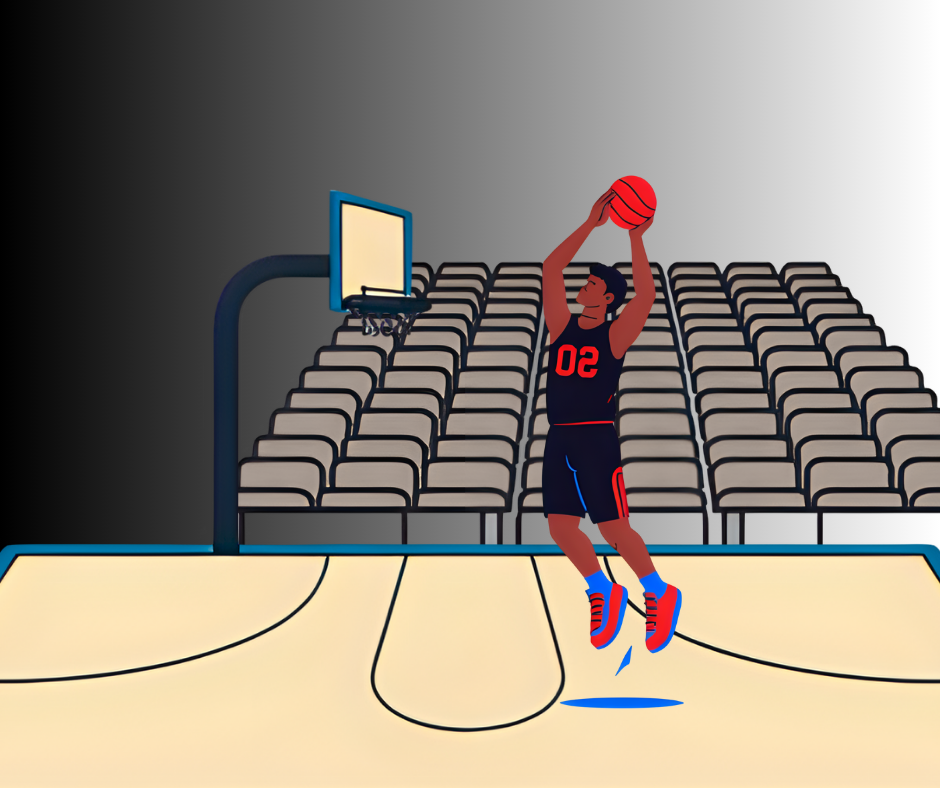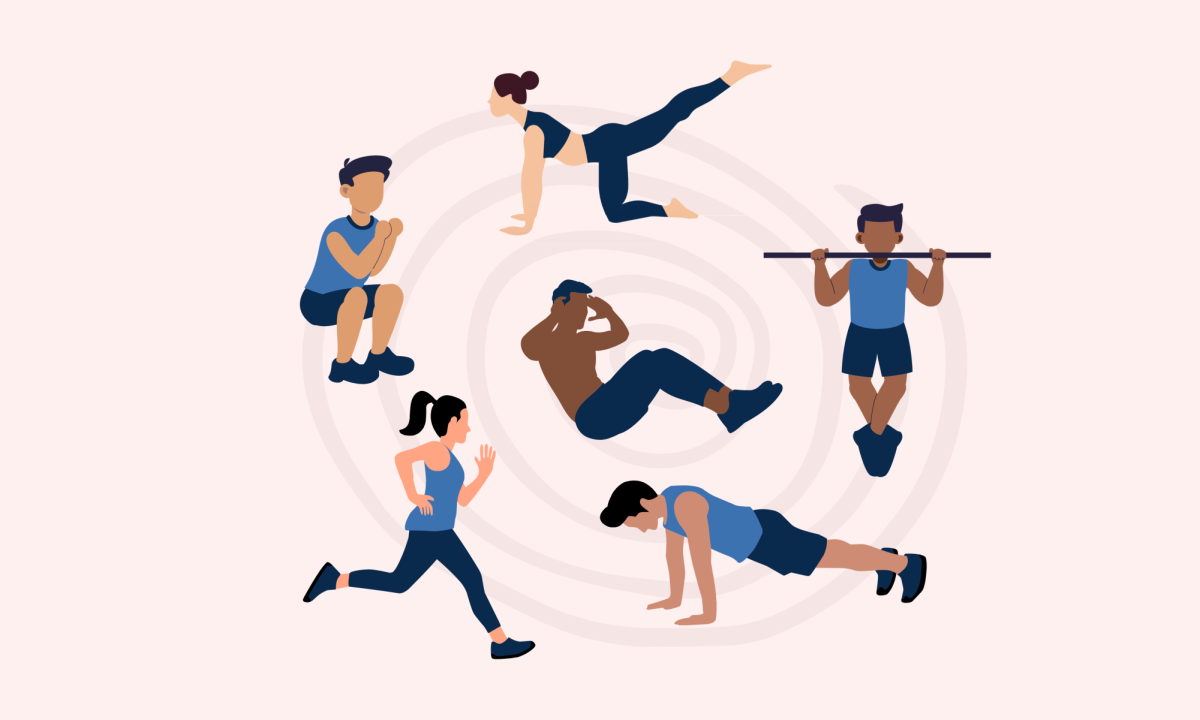Including physical exercise in your life is a wise way to preserve your health for the future. In college, many of us are doing this by using our on-campus gyms, participating in club sports or taking up individual activities like jogging or running. Weightlifting is an excellent way to maintain your physical well-being and, in tandem, boost mental health, but there is another form of training that also has wonderful benefits for your health: calisthenics.
Calisthenics is resistance training with your body’s own weight. Pull-ups, sit-ups and push-ups are all included under this umbrella. The major appeal of this form of exercise is that it improves fitness without the need of external weights. It is free and has no barrier to entry. Body weight training also helps with flexibility, coordination and balance.
Despite the lack of equipment, there are ways to build strength by modifying your exercises through changes in angle and tempo. For example, when doing push-ups, you can shift the angle at which you press, or slow down your count to feel a deeper muscle contraction.
These modifications mean your training regimen can be tailored to your individual needs. If you’re looking to lose weight, you may do more cardio. If you’re looking to gain strength, you could introduce some weighted equipment to your calisthenics exercises to increase intensity. For instance, you could hold a weight in each hand while doing lunges or wear a weighted belt while doing pull-ups.
Whatever the case may be, I believe a healthy addition of calisthenics into one’s gym regimen can be beneficial to a training schedule. You can implement pull-ups on a back day to maximize lat growth or push-ups on a chest day to prime your chest muscles and feel the squeeze during your main exercises for this muscle group. In the pursuit of a healthier body, calisthenics is both an excellent beginner-friendly option and a great addition to a training regimen that will polish your weightlifting results.














































